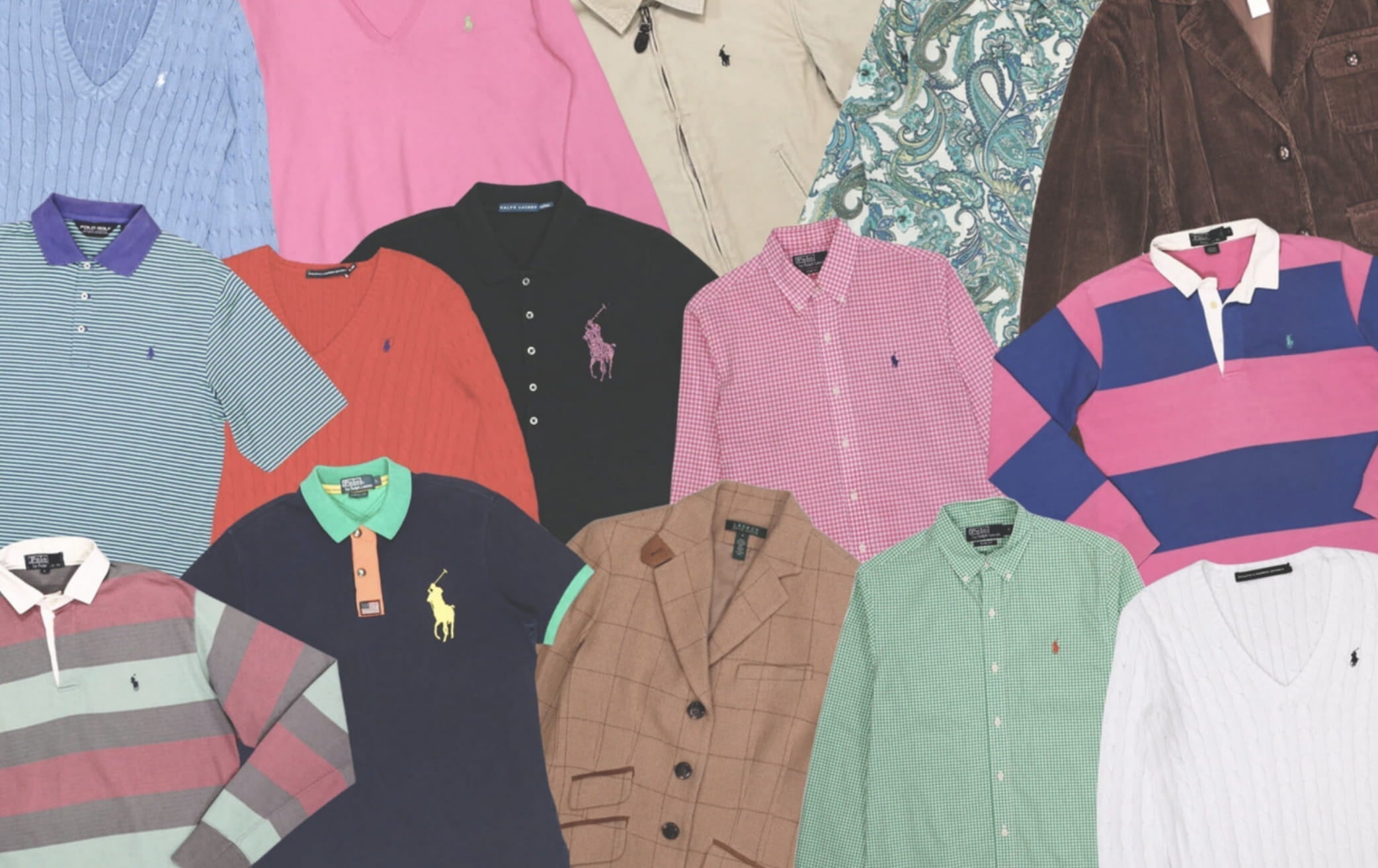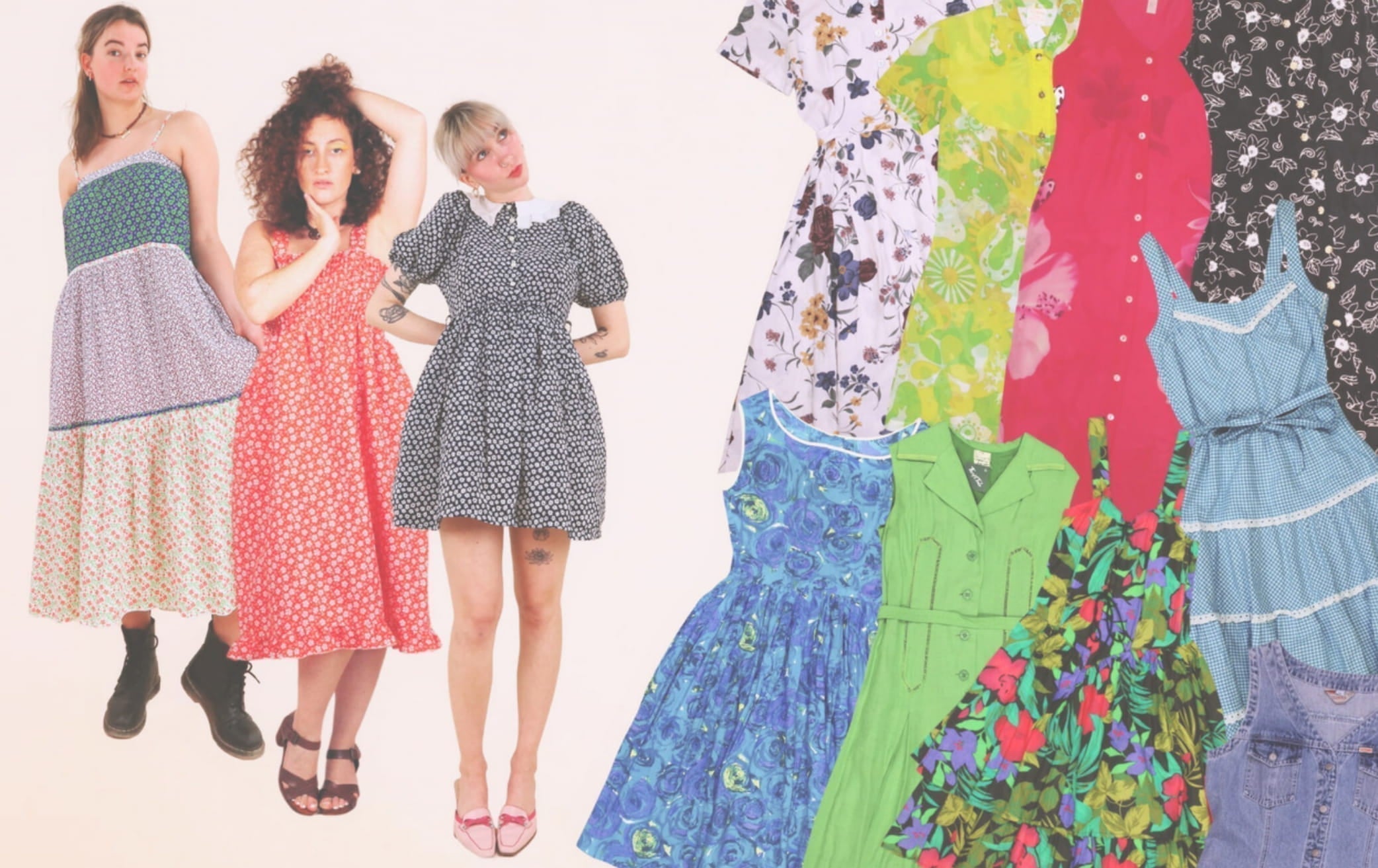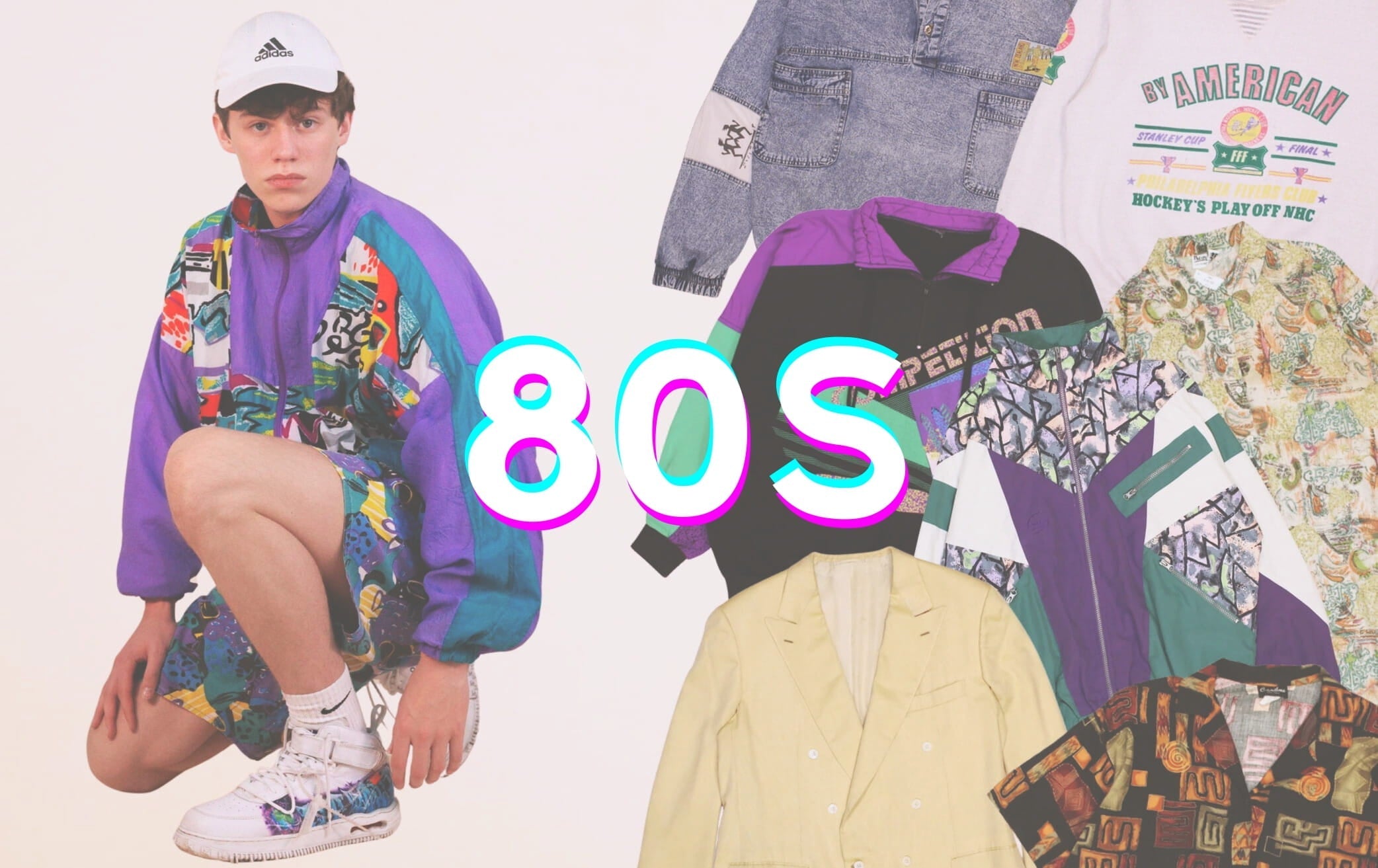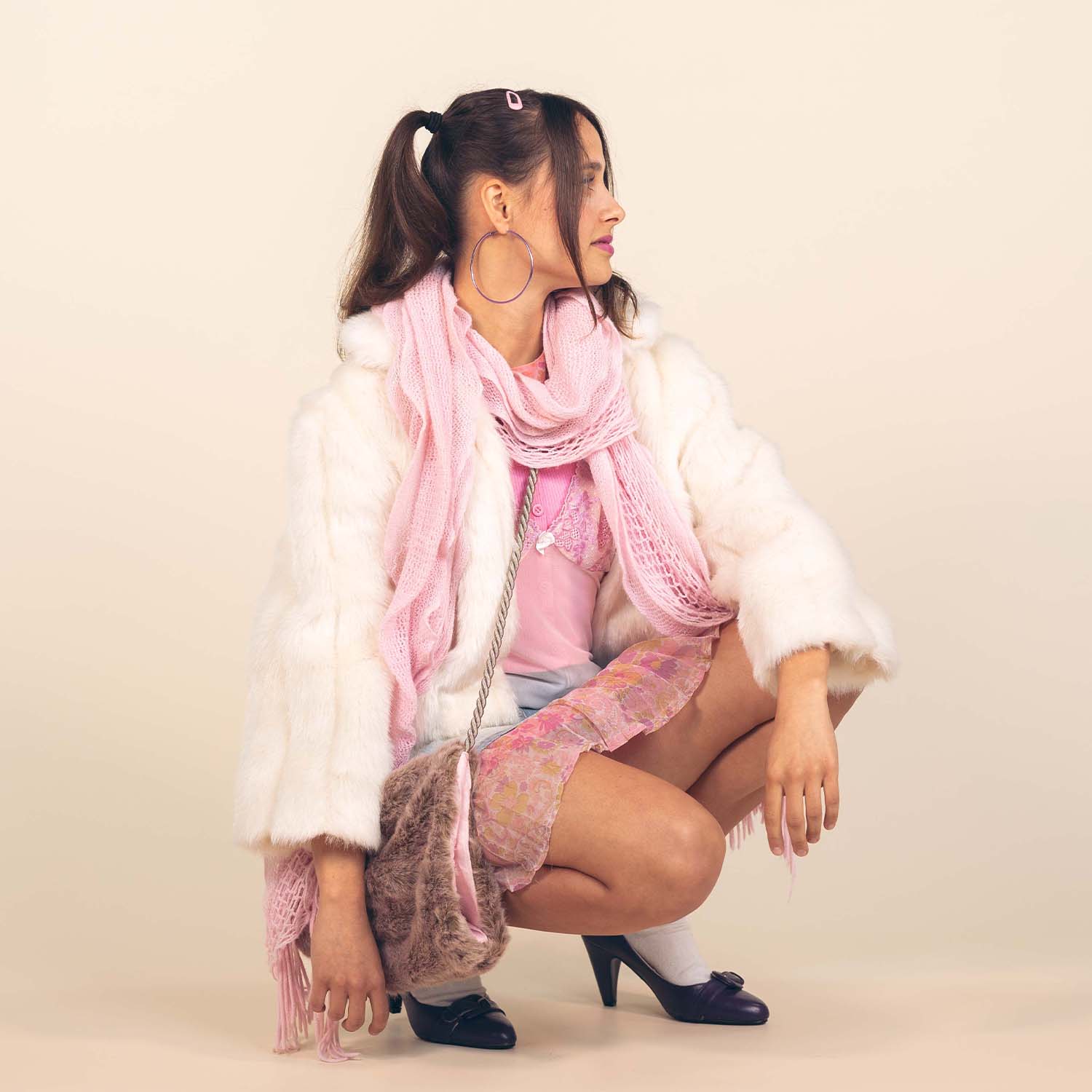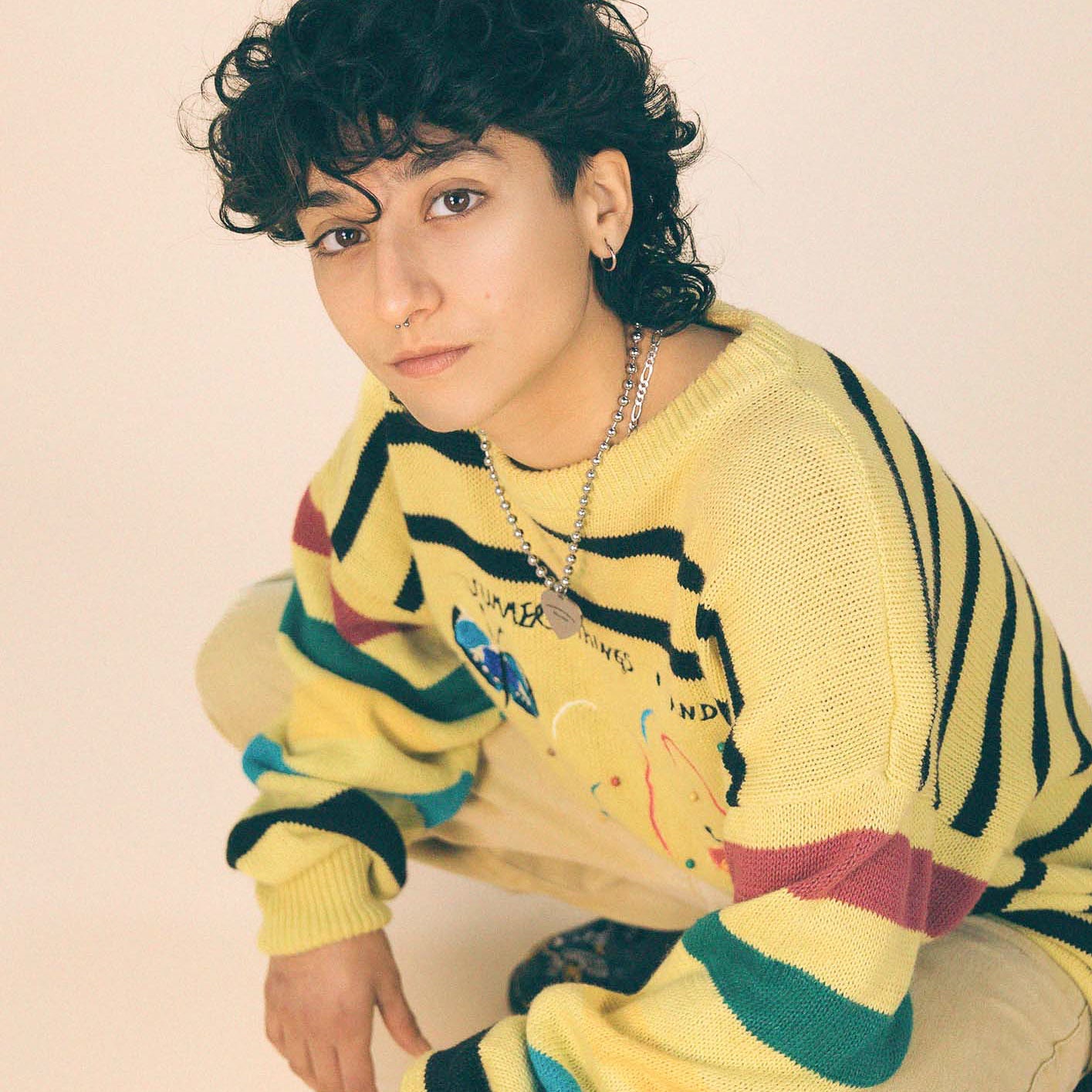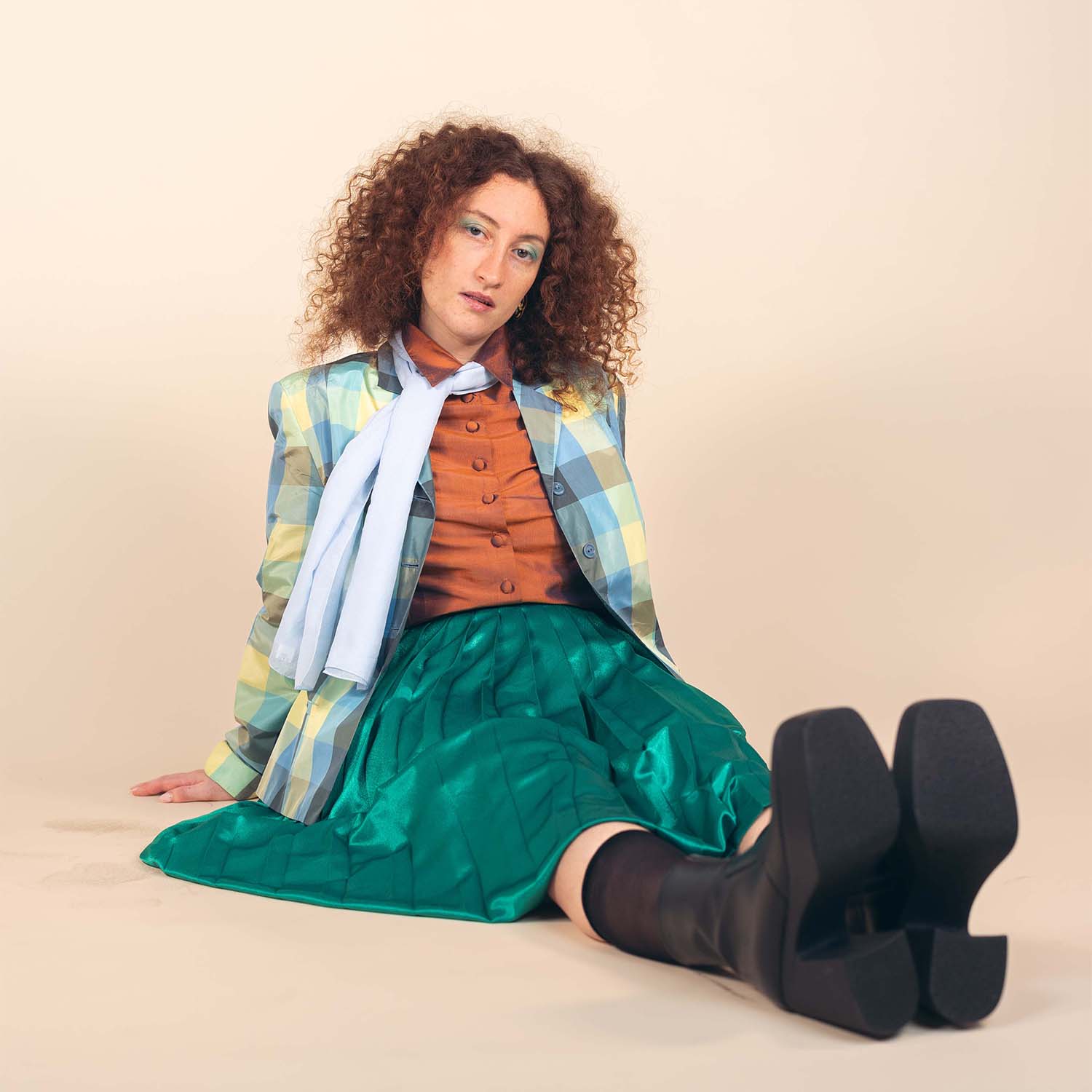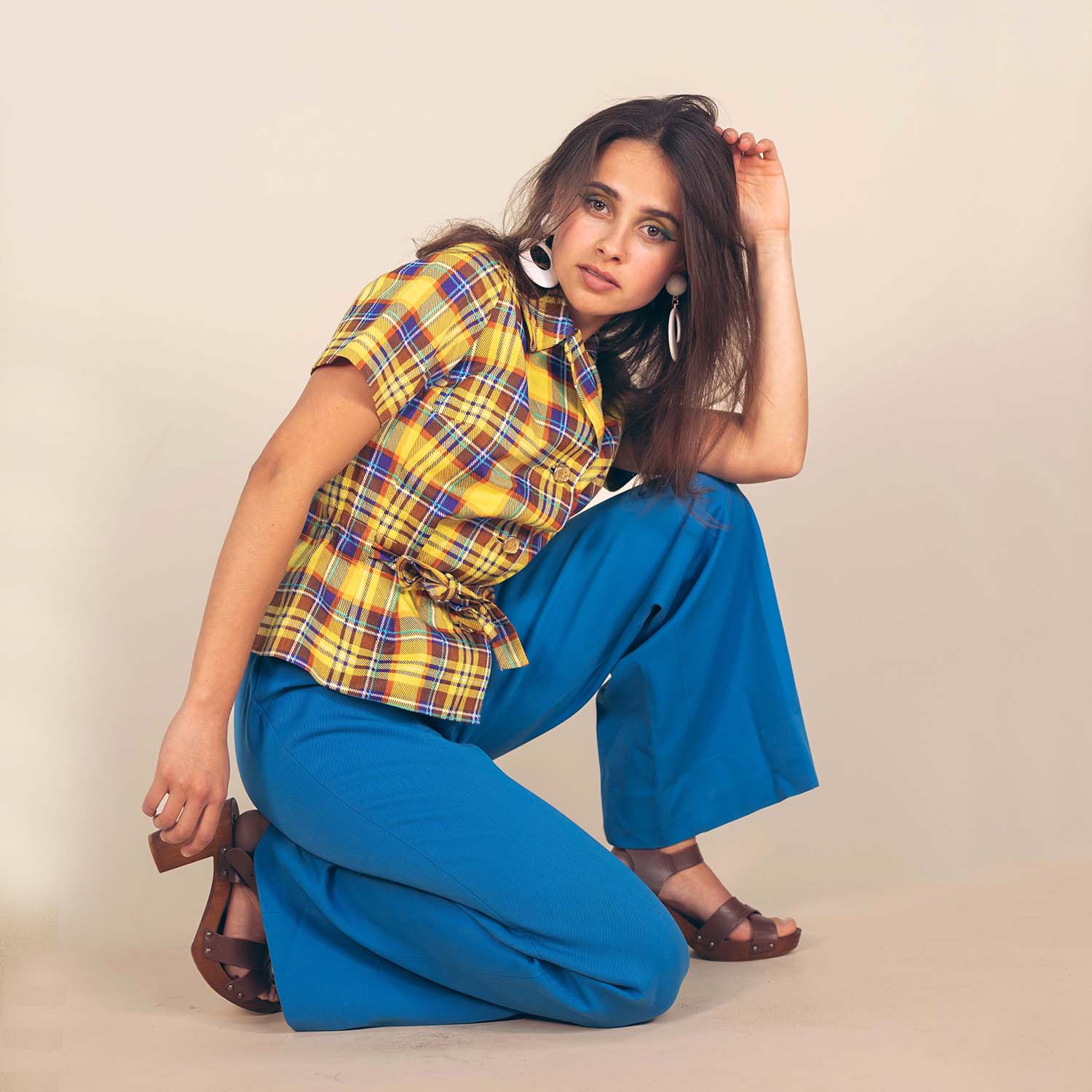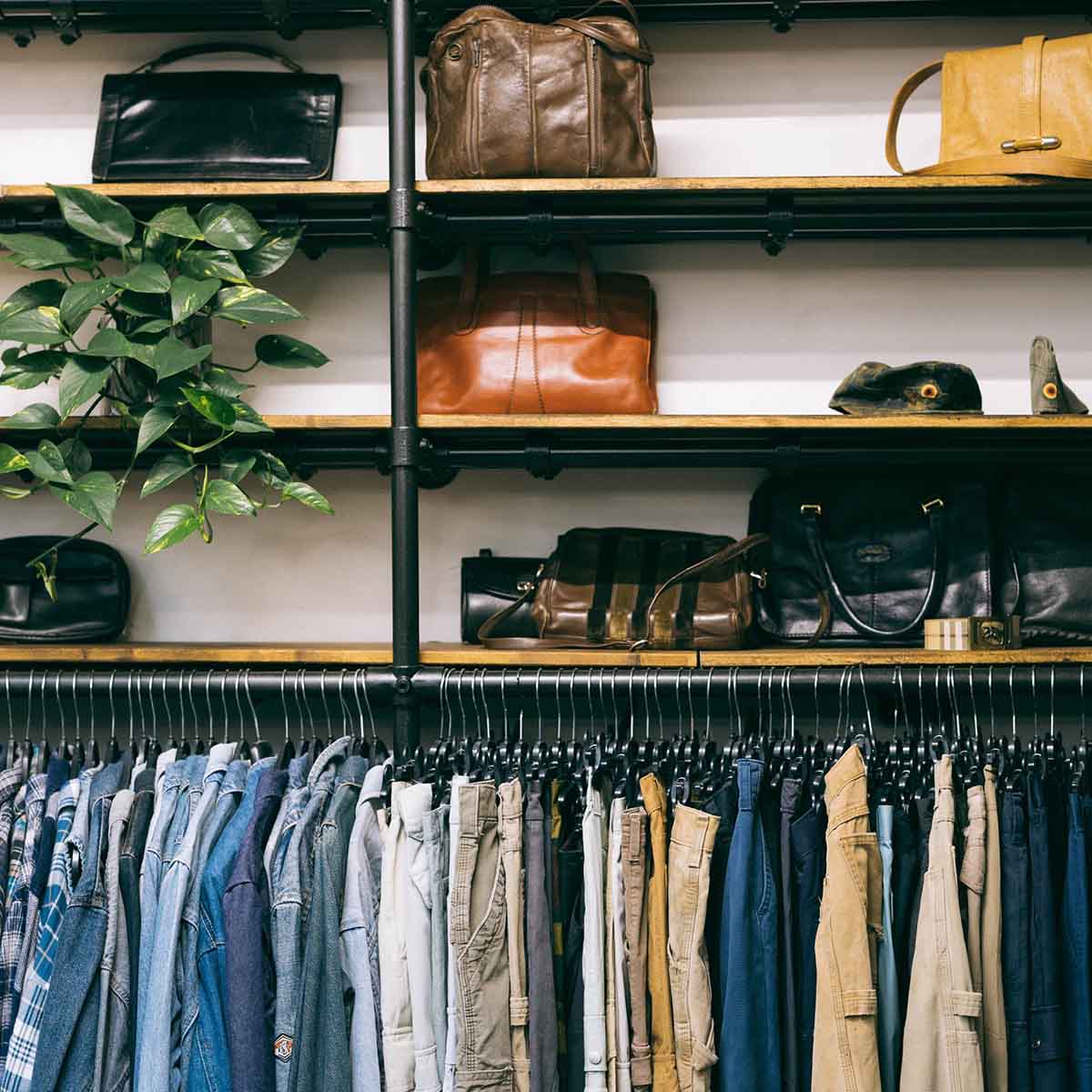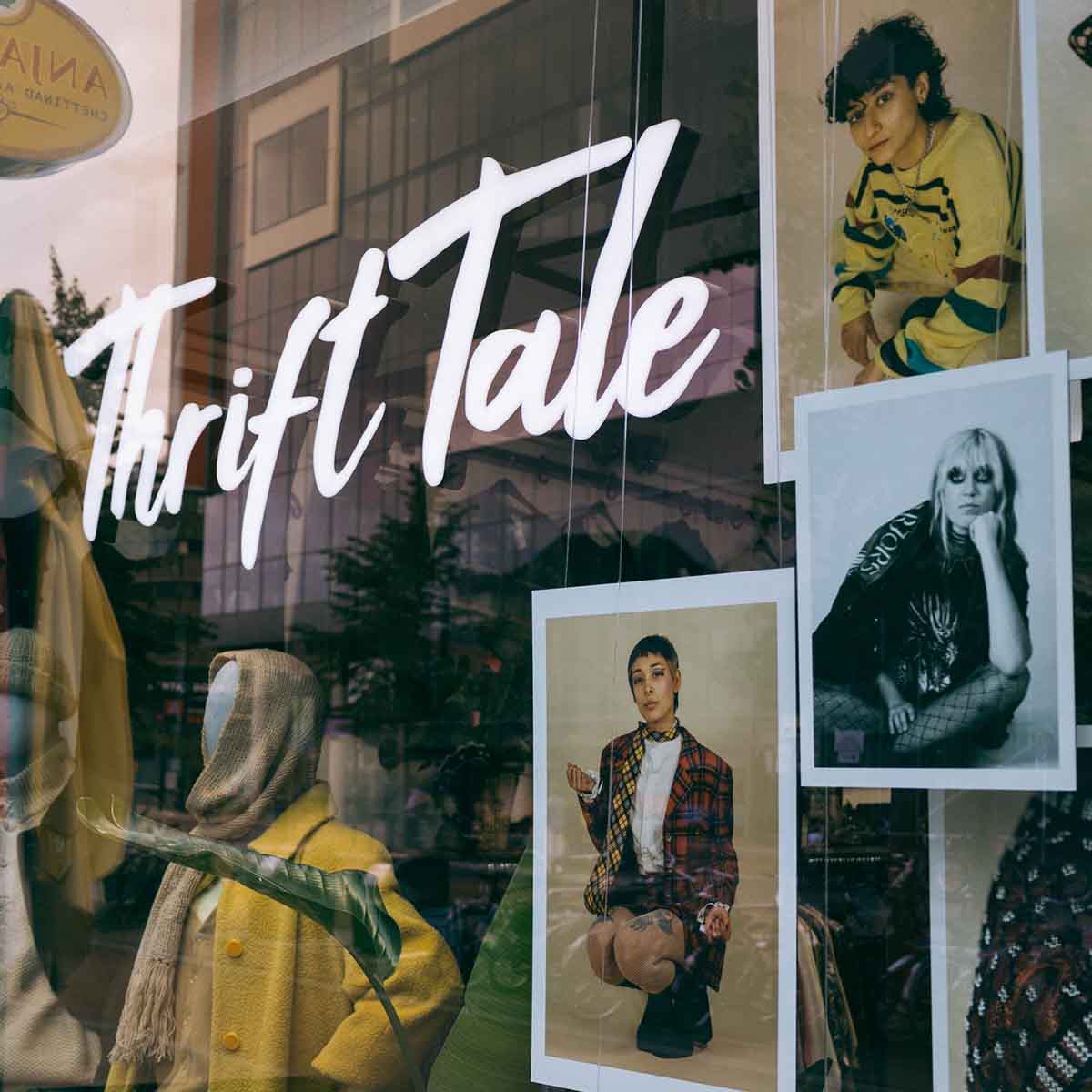
Jeans Through the Decades
The evolution of denim jeans is far from just being a simple fashion trend. From the rebellious 1960s to today's diverse landscape of fashion subcultures and ever-changing trends, jeans have traveled far from their modest roots as durable work clothes.
Let’s explore how cuts, washes, and cultural movements have shaped jean styles over each decade from the 1960s to the current day.
Jeans in the 60s
The 1960s revolutionized youth culture, and jeans rode that wave of change. Once just seen as workwear, denim became the canvas for rebellion and self-expression.
Jeans in 60s youth culture
The 1960s youth culture profoundly impacted denim jeans, reflecting broader societal changes. Growing up with superhero comics and Cold War bomb drills, then witnessing the brutal suppression of the Civil Rights movement on television, Western teens and young adults began to question societal norms more critically.
Pop culture grew and became impossible to ignore, with bands like the Who and the Beatles introducing the Mod look worldwide.

How the 60s Civil Rights Movement changed jeans
In the USA, African Americans had long shunned denim due to its original status as a “negro cloth,” instead mimicking the clothing style of the white upper class, often attending protests in their Sunday finest in the hopes of better treatment.
But during the March on Washington in 1963, many blue jeans, especially overalls, could be spotted in the crowd as a point of defiance and pride.

Jeans in the 60s hippie movement
The defiance in the 60s carried on into the fashion of the emerging hippie movement.
The hippies of the late 60s and early 70s repurposed and remixed old uniforms and denim, with an emphasis on anti-establishment aesthetics. The threadbare bell-bottom jeans held together mostly by patches and embroidery worn by the free-loving, long-haired war protestors became a symbol of their time.
Although shunned and ridiculed, their influence was undeniable, and by the time Woodstock was over, the fashion world was changed for good.

How did jeans look in the 60s?
Fit: Jeans in the 60s were generally much slimmer than in the 50s. They moved away from the looser workwear style to a tighter, more form-fitting look.
Rise: High-waisted jeans were popular at the start of the decade. But as the 60s progressed, lower-rise styles (like hip-huggers) became trendy, especially among the younger crowd.
Leg style: Straight legs were common early on, but by the mid-60s, slight flares started appearing. These would later evolve into the more extreme bell bottoms of the 70s.
Color: Dark, indigo blue was still the most common color, but lighter washes started gaining popularity too.
Details: Jeans were often simple, without fancy stitching or decorated pockets. The focus was on the denim itself.
For women: Women's jeans became more common and started to be cut differently from men's, fitting the female form better.
Length: Jeans were often worn a bit shorter, showing off boots or shoes.
Jeans in the 70s
In the 1970s, the rebels of the 50s and 60s started to settle down, and jeans were now worn by every layer of society. Where previously Levi’s, Lee, and Wrangler had been the go-to brands for denim, Calvin Klein and Ralph Lauren started to market high-end, sleek, high-rise jeans as sexy.
Blending the 40s “new look” lines with 50s Western nostalgia and 60s sexual liberty, the Bohemian aesthetic became mainstream and more casual in the 70s.

How did jeans look in the 1970s?

Rise: Low-rise styles continued to be trendy, particularly for women. However, high-waisted jeans also made a comeback, especially in disco fashion.
Leg style: Bell-bottoms and flares dominated the 70s. These were much more exaggerated than the slight flares of the late 60s, often wide from the knee down.
Color: Both dark and light washes were popular. Stonewashed and distressed looks emerged.
Details: Jeans became more decorative than in the 60s. Embroidery, studs, and patches were common embellishments.
For women: Designer jeans tailored specifically for women's bodies became popular, with brands like Gloria Vanderbilt and Calvin Klein leading the trend.
Length: Jeans were often worn very long, often covering shoes completely. Complimenting the platform shoes and boots worn during the decade.
70s Punk Jeans
Juxtapositioned to the happy, sporty vibes of the designer jeans and the brightly-coloured polyester leisure suits of disco, the much rougher, darker punk and metal styles started to emerge. Angry with commercialism and social inequality, punk denim was either black or tortured to be almost white (acid wash). Preferably thrifted, deliberately ripped, and embellished with band patches, studs, spikes, and safety pins.
How did 70s punk jeans look?
Fit: Typically very tight, especially for men. Skinny jeans became a punk staple.
Rise: Often low-rise, sitting on the hips rather than the waist.
Leg style: Straight or tapered legs, in contrast to the wider flares of mainstream fashion.
Color: Black denim was popular, though traditional blue was also common. Often deliberately faded or distressed.
Details: Heavy on DIY modifications. Rips, tears, safety pins, and patches were standard. Zippers added for decoration, not just function.
Length: Usually ankle-length or slightly shorter, often held up by boots or rolled up to show off Doc Martens or other punk footwear.
Customization: Band names, political slogans, or symbols often painted or written on jeans.

Jeans in the 80s
Where previously there had been a relatively clear two-way split in who wore what, mainstream vs. counter-culture, fashion well and truly fractured in the eighties. New technologies brought new music and new senses of style along with them.
With the West going through a recession, many focused more on regaining and displaying economic wealth through smartly cut power suits that shaped the silhouette (shoulder pads!).
Wealth also meant health and leisure time, and next to the Lycra leotards and velour tracksuits, the classic blue jeans were now often a practical staple garment again.

How did the perception of jeans change in the 1980s?
In the 1980s, jeans were often worn by kids as tough play wear, or by parents outside of work. Even though the Western style made a reappearance again, straight blue jeans were kind of thought of by the youth as un-hip: The “mom jeans” became a thing.

What styles of jeans were popular in the 80s?
Brightly colored jeans were fashionable, as were dark and white or khaki ones for a classy look- borrowing from punk and surfer styles, but much more toned down and business-like, without flared bottoms or excessive tightness, and often paired with a matching sports coat and a pastel or Hawaiian shirt, for that smart-casual Miami Vice look.
At the same time, punk in the 80s wasn’t going anywhere. Metal split into various sub-genres, goths started to appear on the scene, queer culture fueled club looks, and when hip hop made its way out of the ghetto and onto MTV, its oversized denim look was a classic, deep blue: A tribute to its very origins, now reclaimed and worn with attitude.
Jeans in the 90s
Denim became a staple of streetwear by the 90s.
Street style became looser and more casual, with hip hop, punk and the emerging grunge leading to a cargo craze.
Carhartt and Dickies, who had kept making denim primarily as sturdy work wear, saw a huge increase in sales, with many a famous rapper or skater wearing their designs.

What were 90s skater jeans?
In the 90s, skateboarding was all the rage, and the jeans were truly something else:
Skater jeans in the 90s were flared from the hip down onto the ground, often with humongous pockets; these massive pants were extremely comfortable- until you walked through a puddle or had to wrap elastic bands around your ankles to keep them from getting caught in the chain of your bike. Or even actually had to skate, because by the end of the decade they’d sometimes become so oversized and embellished with loose straps and decorative zippers, they impaired quick feet placement more than they aided it.

No longer made to withstand repeated impact with concrete, skater jeans now belonged to the ravers and cybergoths.
90s Denim Trends
In the 1990s, mainstream, pop-influenced denim went in the opposite direction, especially for women: Minimalism was key, and while the lower pipes could be a little wider (flared jeans and the bootcut were very popular), the upper legs and hips were hugged tight in a bit of 70s revival.

Jeans now truly started to take all forms, with pencil skirts, shirt dresses, and blouses joining the pants and jackets, and “double denim” (wearing both a denim top and bottom garment) was in.

How did jeans look in the 90s?
Fit: Loose, baggy fits were very popular, especially for men. This was a stark contrast to the tight fits of the 80s.
Rise: High-waisted "mom jeans" were common early in the decade. Low-rise styles gained popularity later, especially for women.
Leg style: Straight leg and boot-cut styles were prevalent. Wide-leg JNCO jeans had a moment in youth skater subculture.
Color: Stone-washed and acid-washed denim were huge. Lighter washes generally more popular than dark denim.
Length: Often worn long, covering shoes, or cuffed at the ankle.
Brands: Designer jeans like Calvin Klein, Guess, and Levi's were status symbols.
Grunge influence: Ripped, distressed jeans became fashionable, inspired by the grunge music scene.
Overalls: Denim overalls/dungarees had a major comeback, worn by both men and women.

Jeans in the 2000s
Denim fashion in the early 2000s was all about luxury style and minimal fabric use. Ultra-miniskirts and low-rise jeans dominated, with the latter sitting daringly low on hips. Skinny jeans and capris became increasingly tight, almost appearing painted on.
True Religion emerged as the coveted brand for those who could afford it, known for distinctive stitching and pocket designs. Other popular styles included 70s-inspired boot-cut jeans and denim with embellishments like rhinestones or embroidery. The era also saw a rise in lighter washes and intentionally distressed denim.

How did men's jeans change in the 2000s?
Men's denim fashion in the 2000s saw a gradual shift towards slimmer silhouettes, though not as drastically as women's styles. The extremely baggy jeans of the late 90s gave way to more moderate fits. Casual, slightly baggy streetwear remained popular.
Diesel emerged as one of the most influential denim brands of the era. They pioneered the "dirty wash" or sand-blasted jeans look. This distressed aesthetic gave jeans a worn-in, vintage appearance right off the rack.

Other popular styles included boot-cut jeans, which paired well with the chunky sneakers of the time. Low-rise cuts also made their way into men's fashion. Toward the end of the decade, skinny jeans started gaining traction, especially in alternative and indie music scenes.

Denim shorts, particularly cargo-style, became popular for casual summer wear. Dark washes remained a staple for more dressed-up looks, often paired with blazers for a smart-casual outfit.
How did 2000s jeans look?
Fit: Slim, low-rise, tight-fitting jeans
Rise: Ultra low-rise.
Leg style: Boot-cut flares remained popular early on. Skinny jeans emerged and became increasingly prevalent by late 2000s.
Color: Dark washes gained popularity. Distressed and faded looks were common.
Length: Often long, covering shoes. Cropped styles and capris also became trendy.
Embellishments: Rhinestones, embroidery, lace-up sides, and no back pockets.

Jeans in the 2010s
What were the biggest trends in jeans during the 2010s?
In the 2010s, jeans remained tight. With the music festival spirit of the 2010s, jeans with floral and animal prints, lace, patches, acid or paint splatter, contrasting stitchwork, and lots and lots of rhinestones took off. Bling was big across genders, and there was an increase in fabric: length-wise, this time.
Stacked skinny jeans became more comfortable than their predecessors, thanks to innovations in stretch technology.
High-waisted jeans made a strong comeback, especially for women, contrasting with the low-rise styles of the 2000s. Towards the end of the decade, around 2018, the mom jean took over the skinny jean as the go-to style.
Colored denim had an 80s revival moment, with pastels and bold hues appearing alongside traditional blue.

What are the current trends in jeans?
In the 2020s, the styles of jeans in stores are influenced by late 90s and early 2000s jeans styles. Thanks to Y2K nostalgia making waves in the social media world, platforms like TikTok and Instagram are packed with aesthetic images of extra-long flares, 90s wide legs skater style jeans, and 00s low waist fits.
While Y2K denim models are seeing a revival, both baggy and tight, some reach much further backwards and are starching their jeans, cowboy style. One relatively new silhouette is the cropped, wide jeans culotte. Mom jeans and dad sneakers are retro enough to be in. But one overall trend seems to be gaining traction: durability.
Why are vintage jeans popular?
Over the last couple of decades, fast-changing trends have fueled equally fast fashion, linked to equally fast-expanding environmental issues, and people are once again longing for denim that will last. Fashion tends to go in cycles, and what was once cool will often become cool again some decades later- if it can survive that long.
This is why good vintage inspires a certain degree of trust: It has stood the test of time already. It has character. And it’s more ecological.
Vintage jeans are effortlessly cool, already worn in and comfortable, and aged with a real patina you can’t buy off the rack. As trends come back into style, reaching for a vintage pair of jeans that’s the real deal is looking increasingly better than buying a fast fashion recreation at a fraction of the quality.
Where can you buy vintage jeans?
At ThriftTale, you’ll find authentic vintage jeans that are worn in without being worn out. Our collection of vintage denim features quality jeans with the softness and durability that comes with vintage quality. From original brands like Levi’s and Wrangler, find your best pair of vintage jeans now.


